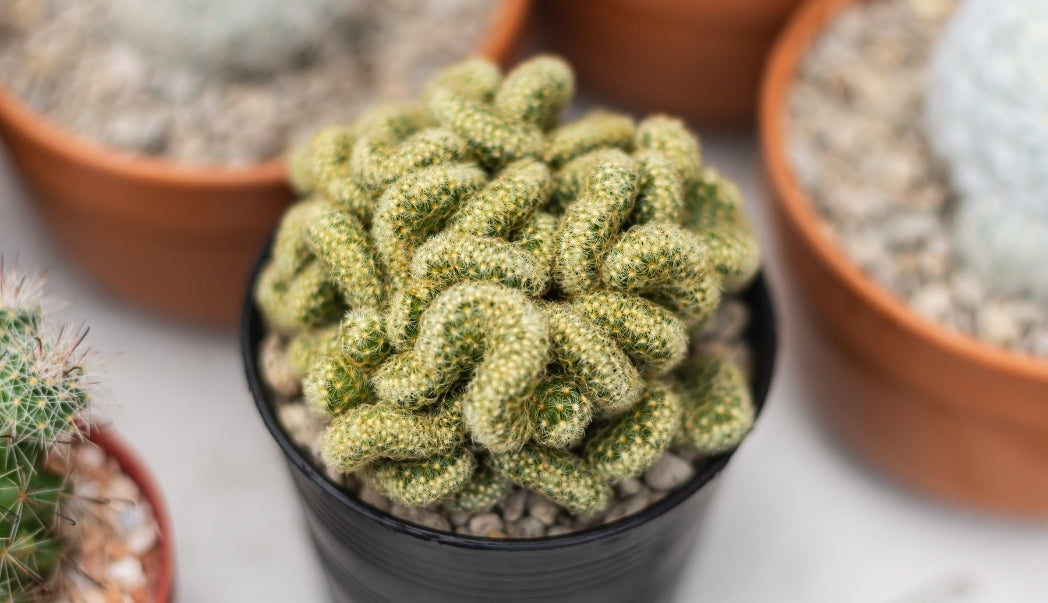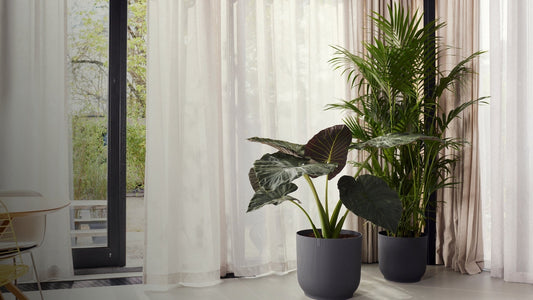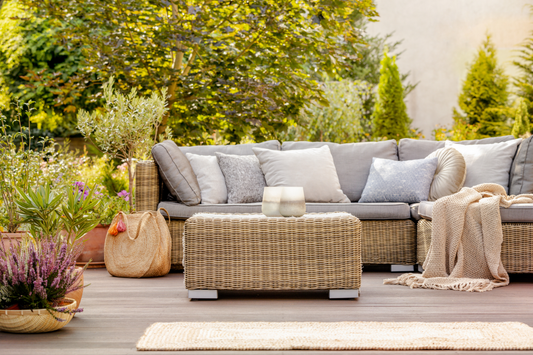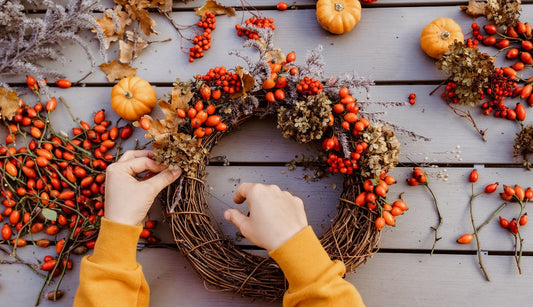Want to bring a chill in the air beyond just the autumn breeze? Spooky houseplants are the perfect way to add intrigue, drama and a bit of mystery to your home décor without resorting to cobwebs and fake spiders. In this post I’ll show you plants that look delightfully eerie, how to care for them, and ideas to style them so they give maximum “spooky” impact and minimum fright in care.
What Makes a Houseplant Spooky
It’s not only about dark leaves. These features tend to provoke the best eerie vibes:
-
Deep tones or nearly black foliage
-
Unusual shapes or textures (think spikes, frills, skeleton-like stems)
-
Carnivorous traits or trap-like features
-
Ability to cast creepy shadows with interesting silhouettes
-
Low light tolerance so they thrive in dim corners
Top Spooky Houseplants to Try
Here are some plants that deliver drama and spook without being high-maintenance horror stories.
-
Raven ZZ (Zamioculcas zamiifolia ‘Raven’)
Deep glossy leaves so dark they almost look black. Tough to kill. Needs low to medium indirect light and minimal watering. Let soil dry between waterings. Great for beginners wanting dramatic leaves. -
Black Bat Flower (Tacca chantrieri)
Looks like bats in flight. Strange effect, especially in low light or by candlelight. Needs warm, humid conditions and bright, indirect light. Not the easiest, but the reward is grotesquely fascinating. -
Brain Cactus (Mammillaria elongata ‘Cristata’)
Twisted, brain-like growths. Dramatic shape. Requires a lot of light, very well-draining soil. Water sparingly. Explosion of weirdness. -
Begonia Rex (various dark-leaf cultivars)
Veiny, textured, often with dark purples, reds, silvers and almost black tones. Needs higher humidity and careful watering. Not forgiving of soggy soil. -
Carnivorous Plants – Venus Flytrap, Pitcher Plants
They bring action: traps, shapes, movement. Definitely play the part for Halloween. Lighting, soil, feeding need more care though: bog-like or acidic soil, insects occasionally. -
Snake Plants (Many varieties with dark or dramatic leaves)
They produce strong vertical forms, rigid leaves, can survive low light. A few varieties have darker foliage or variegation that adds contrast.
How to Care for These Plants Without Being Spooked
To keep things alive (and not just spooky décor), here are care tips:
-
Ensure good drainage: many spooky-looking plants dislike soggy feet. Use pots with drainage holes, well draining compost.
-
Match light levels: many need bright, filtered light; some do fine in medium or lower light but might lose some drama in foliage.
-
Humidity helps: plants with exotic textures or veining often benefit from higher humidity (bathroom windowsill, pebble trays, occasional misting).
-
Water carefully: avoid overwatering. Let soil dry partially between waterings except carnivorous ones which might need damp soil.
-
Clean leaves: dust them so dramatic colours and shapes show. Dirty foliage loses the spooky effect.
-
Temperature: most thrive in typical indoor temps, avoid cold draughts.
Styling Ideas for a Spooky Display
Make your spooky houseplants fun and artistically creepy with these tweaks:
-
Use dark or matte pots so plant forms stand out
-
Use low lighting or spotlighting for dramatic shadows
-
Arrange in clusters with different textures (spiky, smooth, waxy) for contrast
-
Use subtle props: driftwood, small skulls, black or metallic accents
-
Let some plants trail or have asymmetrical growth — unexpected shapes amplify the creepy vibe
Avoiding Common Nightmares
| Problem | Fix |
| Leaves turning pale or losing colour | They need more light or stronger contrast; possibly a lighter mulch; adjust lighting |
| Root rot from overwatering | Use fast draining soil; don’t leave standing water; water from bottom for succulents or brain cactus |
| Low humidity causing crispy edges or browning | Mist, humidity tray, keep away from heaters or radiators |
| Plants that need rest periods (e.g. carnivorous) not doing well year-round | Learn the dormancy cycle and adjust care; some need cooler period, less watering then return active season |
Spooky houseplants are not only for Halloween. Some of them are striking all year, bring mood, character, mystery. If you pick the right ones, care for them properly, and style them with a sense of fun, they will bring delight (and a little creep) to your home every autumn and beyond.
Why not pick one or two this season and experiment? You might find you love living with a little drama in your greenery.





